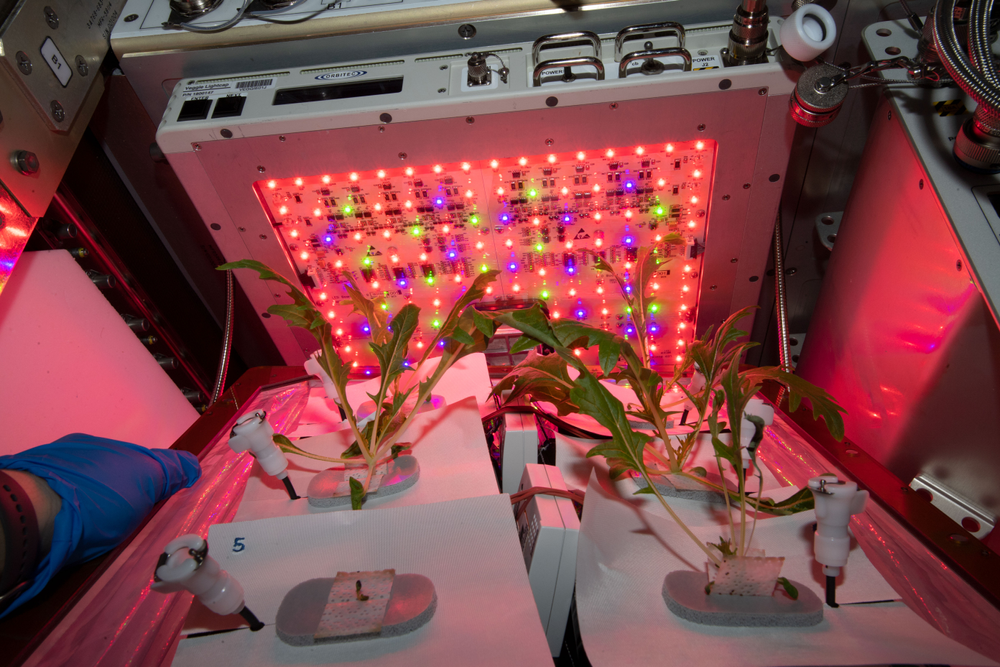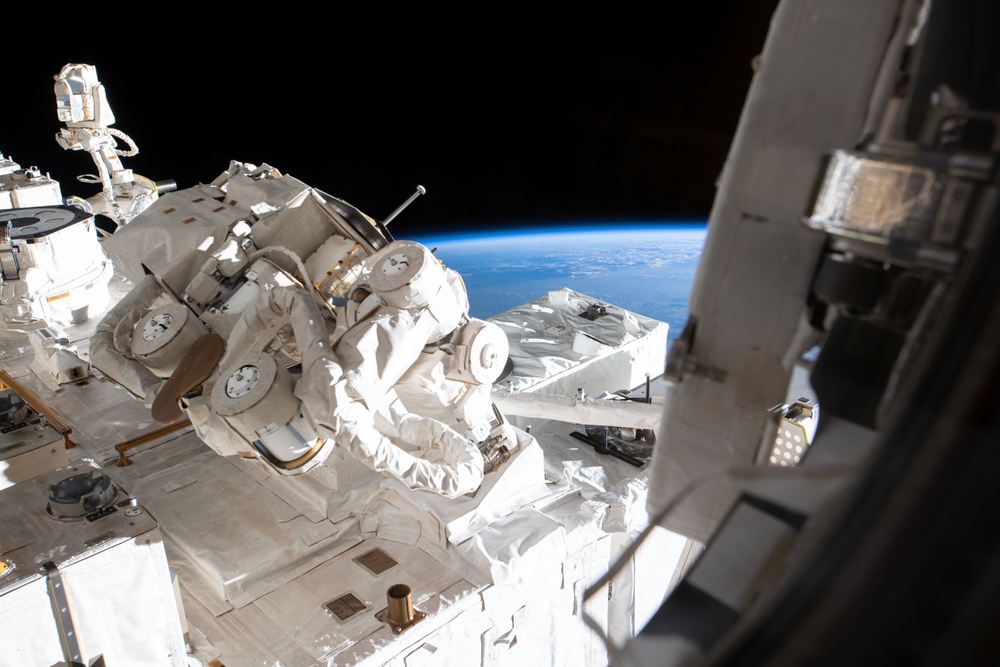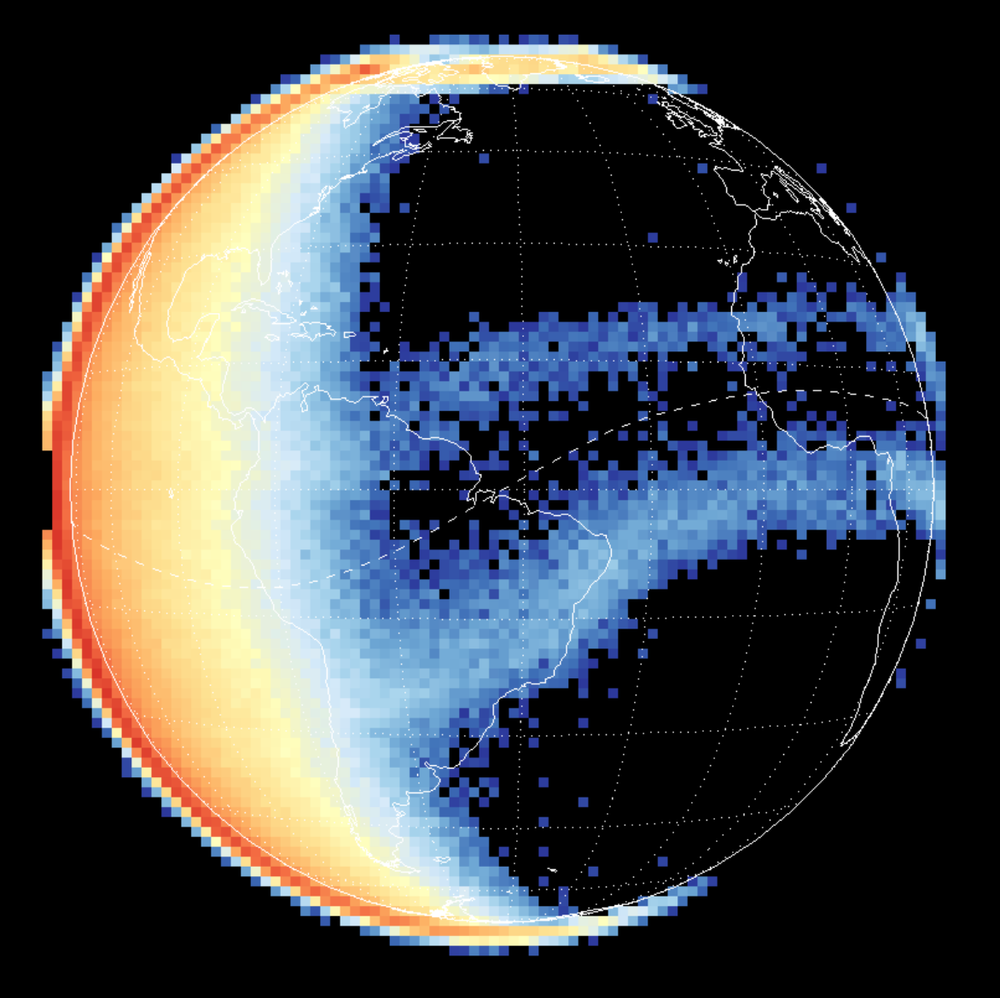Station Science Top News: Feb. 23, 2024
Researchers found that the ways crops are grown and harvested in microgravity influences their yield, microbial count, nutritional content, resources required, and sensory acceptability by crew members. Results also showed that choice of light spectrum (red versus blue) affects the growth and nutritional content of a leafy green crop. These findings increase our understanding of the requirements for growing high-quality crops in spaceflight.
The Veg-04A and B investigations, part of a series addressing food production for long-duration exploration missions, focus on the effects of light quality and fertilizer. Growing food during spaceflight reduces launch mass, provides healthy and nutritious meals, and has positive psychological effects. Results from this investigation also could contribute to improved plant cultivation on Earth, especially in urban areas. The researchers recommend similar testing with different crops.

***
The Italian Space Agency’s PRecursore IperSpettrale della Missione Applicativa (PRISMA) satellite imaging spectrometer and the International Space Station’s Orbiting Carbon Observatory-3 monitored 30 coal-fired power plants between 2021 and 2022. Researchers show agreement between those data and on-site observations, suggesting that under the right conditions, satellites can provide reliable estimates of emissions from discreet sources.
OCO-3 is collecting a global carbon dioxide record by sampling at all sunlit hours, a capability unique to the International Space Station. The instrument allows targeted local mapping of emissions hotspots. Combustion for power and other industrial uses account for an estimated 59% of global human-caused carbon dioxide emissions. A satellite-based remote sensing system could be an important part of assessing and verifying anticipated emission reductions as part of national and global plans and agreements.

***
Researchers demonstrated that images taken by an extreme ultraviolet imager on the International Space Station, EUVI-B, can be used to model the positive oxygen density distribution in the nightside ionosphere, in particular in the equatorial ionization anomaly (EIA). The EIA is a region of peak plasma density between 10 and 20 degrees of magnetic latitudes at altitudes above 100 miles. Results suggest that the EUVI-B can be used to investigate EIA dynamics and provide insight into their effects on communications and navigation.
EUVI-B is part of the Ionosphere, Mesosphere, upper Atmosphere, and Plasmasphere (IMAP) visible light spectrometer on JAXA’s (Japanese Aerospace Exploration Agency) Multi-mission Consolidated Equipment (MCE), a suite of five exterior instruments used for various investigations and technology demonstrations. IMAP studies the energy and plasma activity near the rim of the atmosphere. Images of the EIA taken from station can be used to study atmospheric plasma dynamics and structures and how they affect communications and navigation systems.








